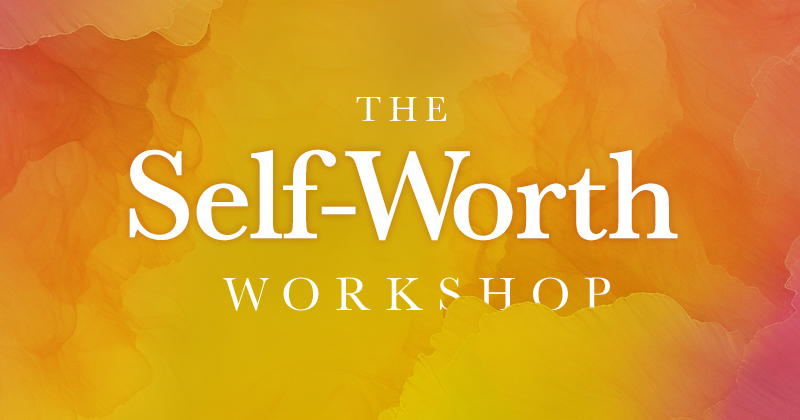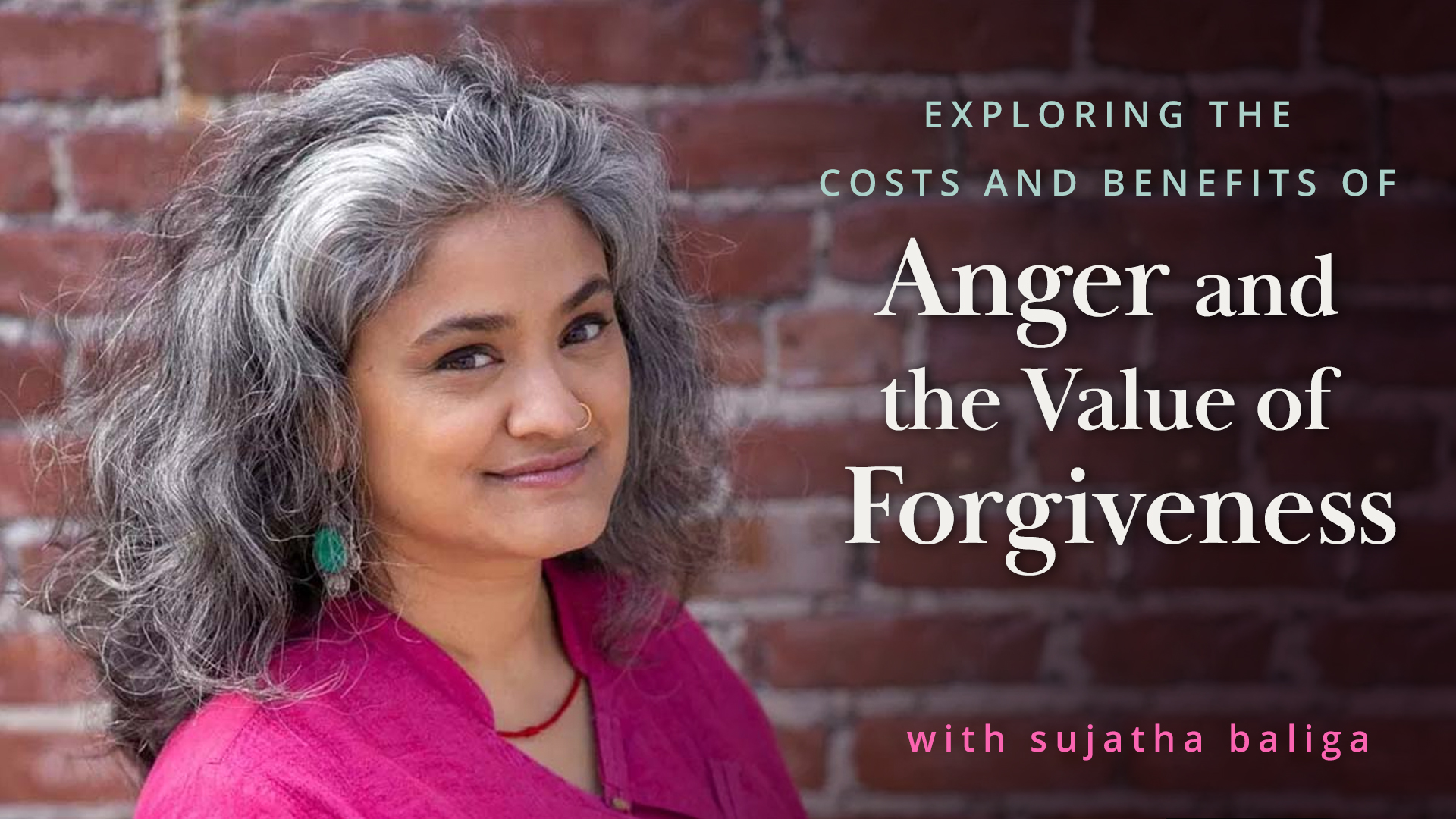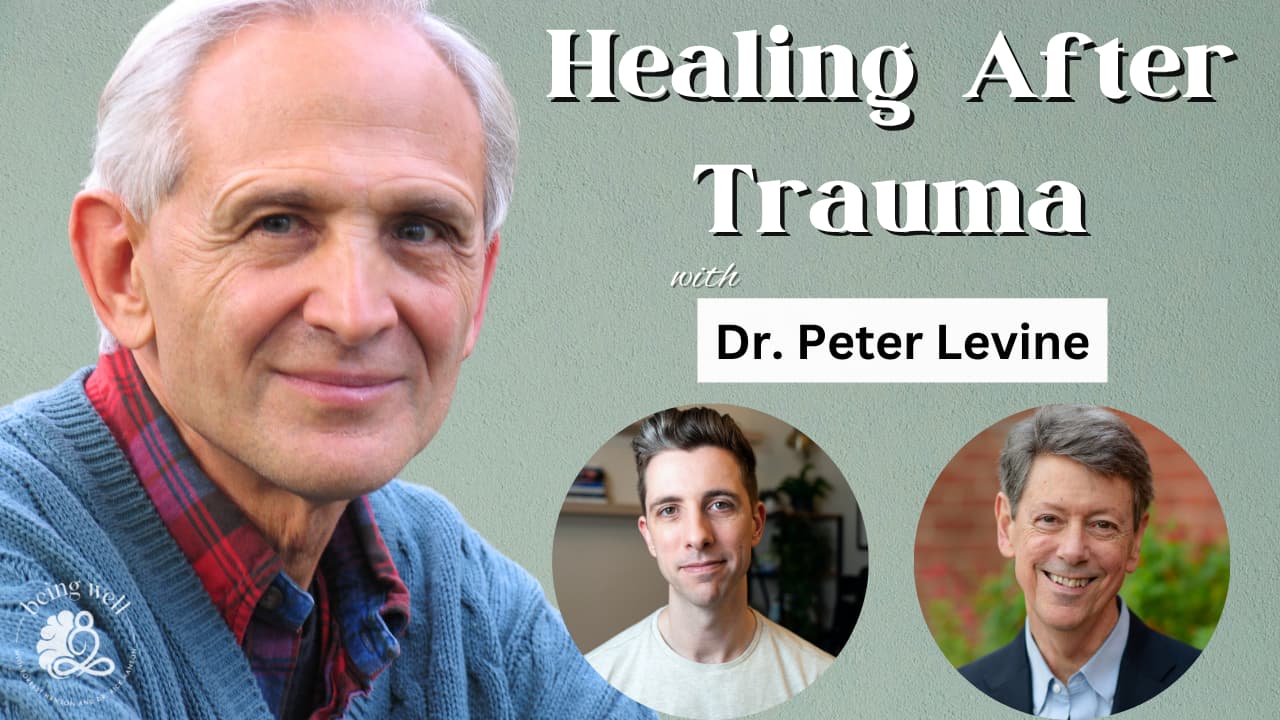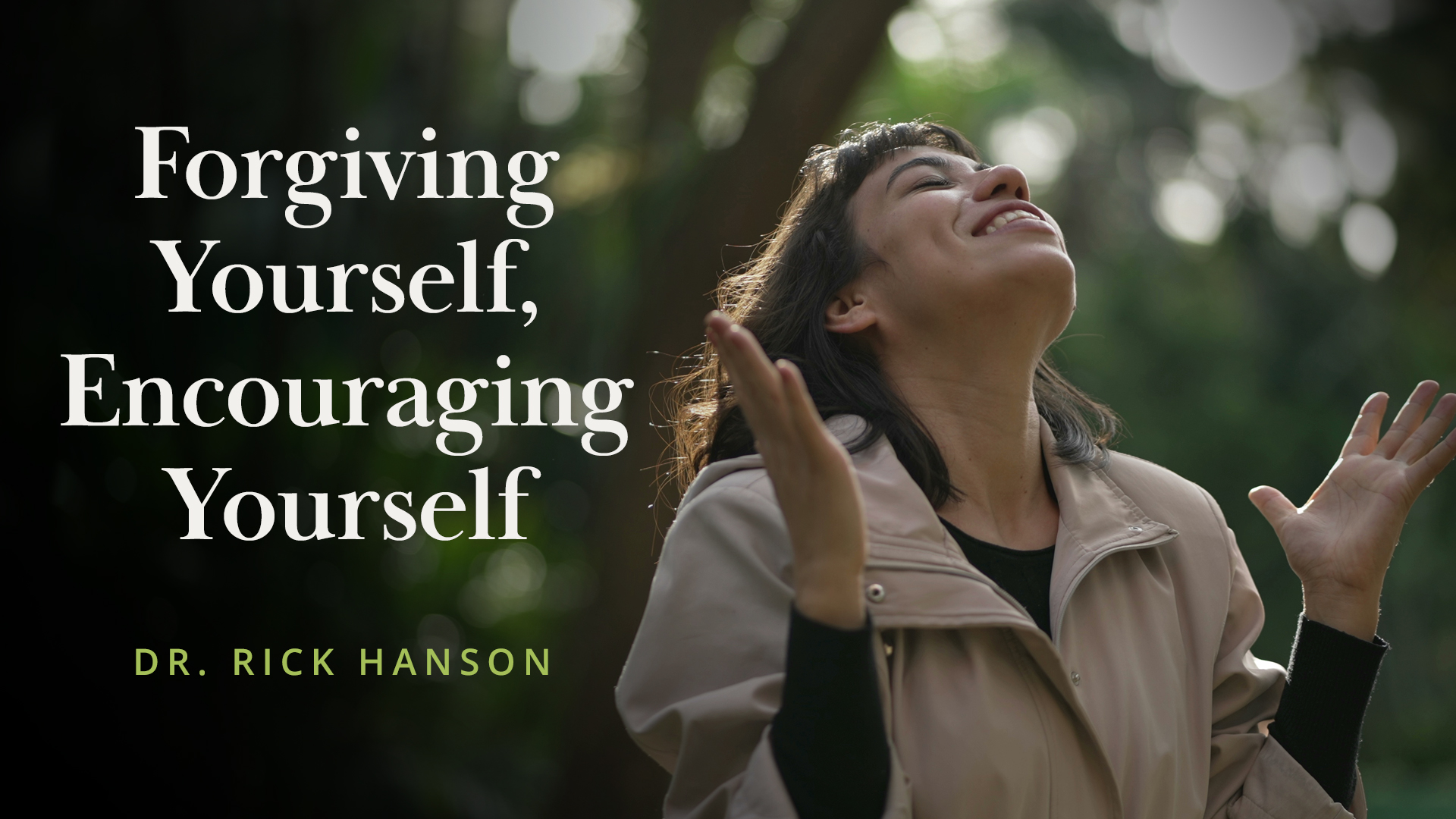Who do you trust?
The Practice:
Trust yourself.
Why?
As I grew up, at home and school it felt dangerous to be myself – my whole self, including the parts that made mistakes, got rebellious and angry, goofed around too loudly, or were awkward and vulnerable.
Not dangers of violence, as many have faced, but risks of being punished in other ways, or rejected, shunned, and shamed.
So, as children understandably do, I put on a mask. Closed up, watching warily, managing the performance of “me.” There was a valve in my throat: I knew what I thought and felt deep inside, but little of it came out into the world.
From the outside, it looked like I didn’t trust other people. Yes, I did need to be careful sometimes. But mainly, I didn’t trust myself.
Didn’t trust that the authentic me was good enough, loveable enough – and that I’d still be OK if I did mess up. Didn’t have confidence in my own depths, the core of me, that it already contained goodness, wisdom, and love. Didn’t trust the unfolding process of living without tight top-down control. Doubted myself, my worth, my possibilities.
And so I lived all squeezed up, doing well in school and happy sometimes – but mainly swinging between numbness and pain.
In Erik Erikson’s eight stages of human development, the first, foundational, one is about “basic trust.” He focused on trust/mistrust of the outer world (especially the people in it), and to be sure this is important. Yet often what looks like “the world is untrustworthy” is at bottom “I don’t trust myself to deal with it.”
It’s been a lifelong journey to develop more faith in myself, to lighten up, loosen up, swing out, take chances, make mistakes and then repair and learn from them, and stop taking myself so seriously.
Sure, things go wrong sometimes when you trust yourself more. But they go really wrong and stay wrong when you trust yourself less.
Get Tips Like This Delivered Right to Your Inbox
You can unsubscribe at any time and your email address will never be shared or sold.
How?
Nobody is perfect. You don’t need to be perfect to relax, say what you really feel, and take your full shot at life. It’s the big picture that matters most, and the long view. Yes, top-down tight control and a well-crafted persona may bring short-term benefits. But over the long-term, the costs are much greater, including stress, bottled-up truths, and inner alienation.
With gentleness and self-compassion, take a look at yourself. Is there self-doubt, holding back, fear of looking bad or failing? If you imagine being your full self out loud, is there an expectation of rejection, misunderstanding, or a shaming attack?
Understandably, we are concerned about what seems “bad” or “weak” inside. But challenge that labeling: are those things actually so bad, so weak?? Maybe they’re just rattled, desperate, or looking for love and happiness in young or problematic ways.
Maybe you’ve internalized the criticism of others, and have been hugely exaggerating what is wrong about you.
And missing so much that is already right.
When you ease up and tap into your own core, when you are in touch with your body, in your experience as you express it – what’s that like? How do others respond? What are you able to accomplish, at home or work?
Sure, be prudent about the outer world and recognize when it’s truly unwise to let go, take risks, speak out. And guide your inner world like a loving parent, recognizing that not every thought or feeling or want should be said or enacted.
Meanwhile, if you are like me and every single person I have ever known who has decided to trust one’s own deep self, you will find so much that’s right inside: so much knowing of what’s true and what matters, so much life and heart, so many gifts waiting to be given, so many strengths.
Be your whole self; it’s your whole self that you can trust. This day, this week, this life – see what happens when you bet on yourself, when you back your own play. See what happens when you let yourself fall backward into your own arms, trusting that they will catch you.
Know Someone Who Could Trust Themselves More?
Use the buttons below to share this article via social media or email.




